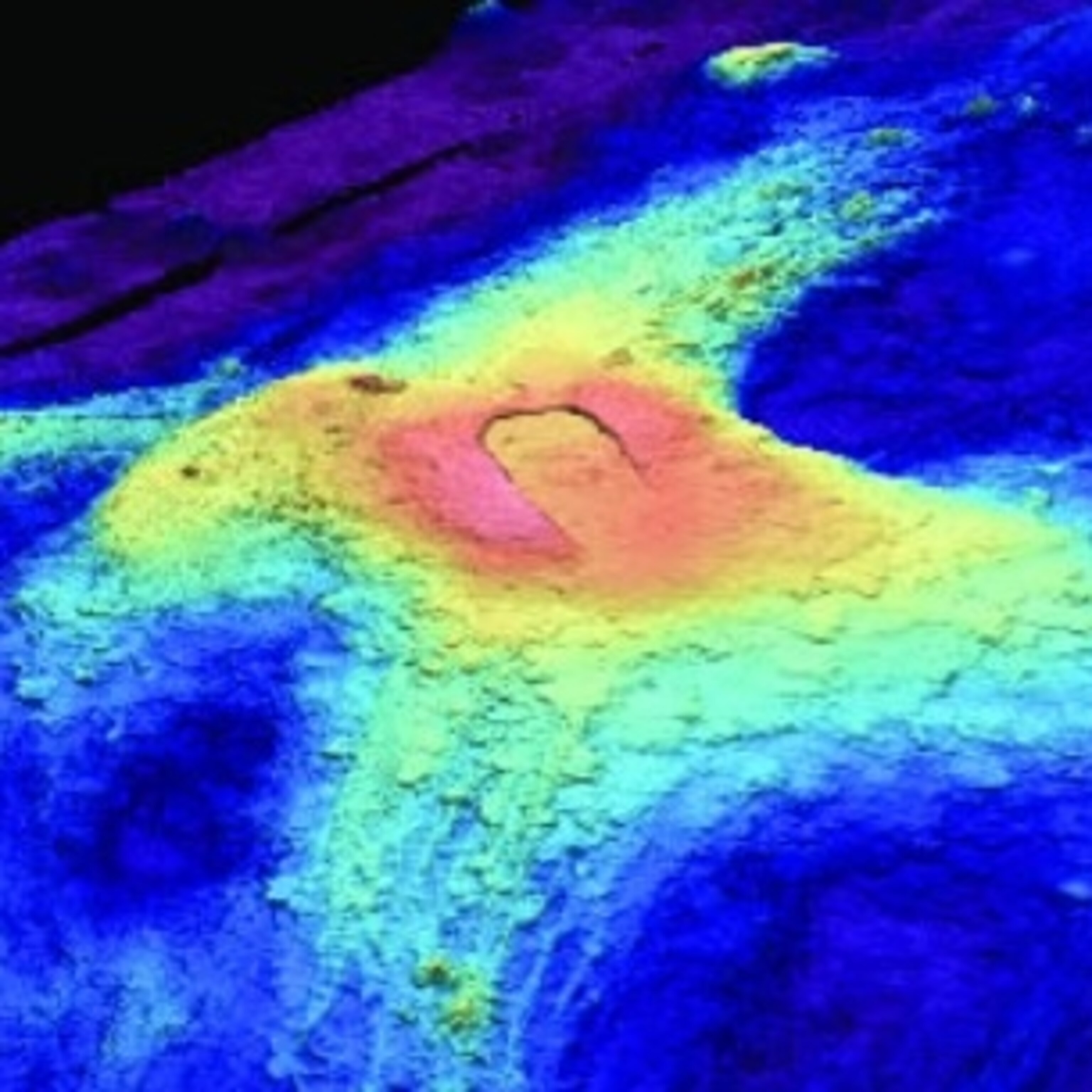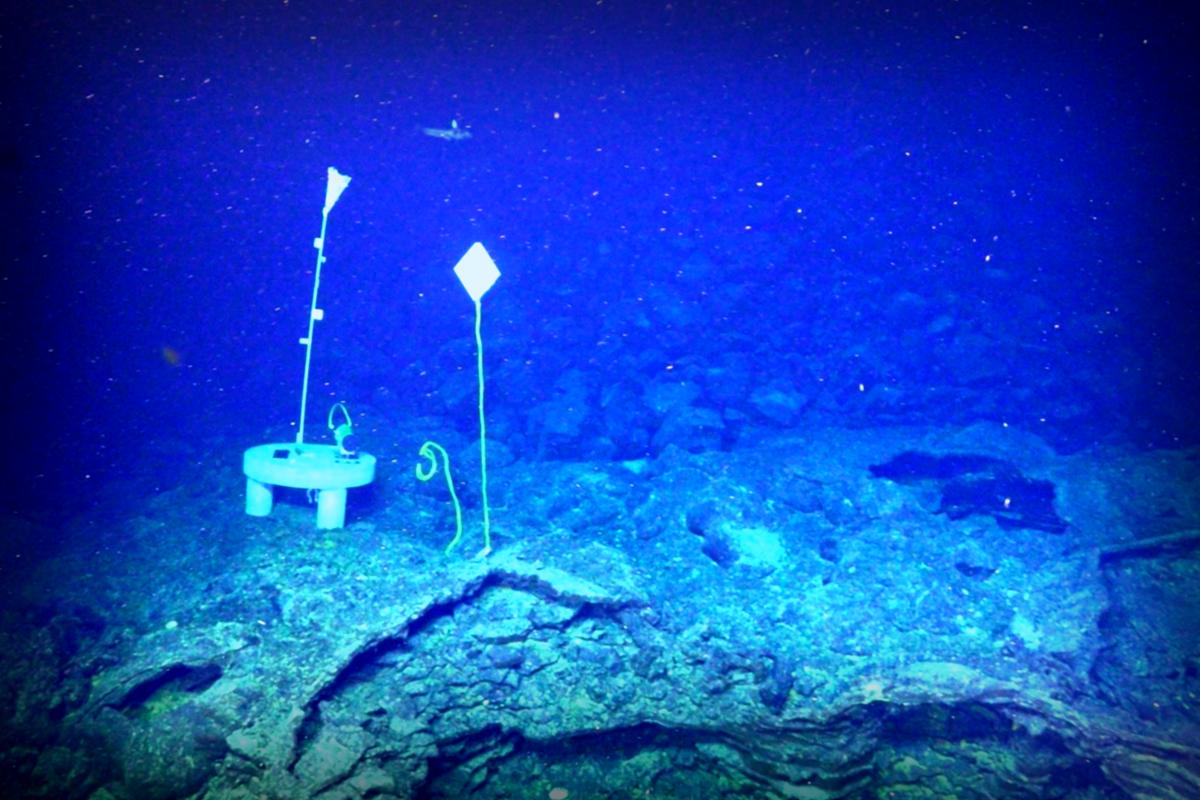Hey everyone! That’s right, an underwater volcano lurking off the Oregon coast is showing signs that it might blow soon. Experts are keeping a close eye on this volcanic giant.
Meet the Axial Seamount – perched about 300 miles offshore and nearly a mile below sea level. According to researchers from Oregon State University, this volcano is getting pretty frisky, which could mean an eruption isn’t far off.
Since the start of the year, the volcano has been swelling up “like a balloon” as magma builds up inside. That’s what William Chadwick, a research associate at Oregon State University, told ABC News earlier this year.
Now, the seismic activity around the volcano has spiked too. Can you believe more than 2,000 quakes were recorded in a day just last June? Yup, that’s according to another report from Oregon State University.

The researchers noted that while earthquake activity has been fluctuating, all signals suggest an eruption is still on the horizon before the year wraps up.
What’s interesting is that Axial Seamount, part of the Juan de Fuca Ridge, is actually the most active submarine volcano in the northeast Pacific. This volcano’s activity has followed a pretty predictable pattern as it has erupted three times over the past 30 years—in 1998, 2011, and 2015.

The researchers are actively monitoring the volcano by using instruments and cables that stretch from the shore. There are seismometers among them that deliver real-time data about earthquakes in the vicinity of Axial Seamount.
As Rika Anderson, an associate professor from Carleton College, explained, “We have miles of fiber optic cables supplying power and internet to devices on the seafloor. This setup not only tracks seismic activity at Axial Seamount but also sheds light on how life nearby reacts to eruptions and other changes.”
Typically, the volcano’s eruptions are controlled and happen deep enough to prevent any risks to folks on land. Luckily, these eruptions take place far from where people live, according to the researchers.

Figuring out when the Axial Seamount will erupt can help scientists predict future eruptions for more dangerous volcanoes on land.
However, accurately telling when a volcano will erupt isn’t easy, as many haven’t been observed long enough to establish a solid eruption history, as noted by the Smithsonian Institution’s Global Volcanism Program.
In addition to seismic activity, researchers are investigating the microbial life thriving beneath the seabed near hydrothermal vents within the volcano, studying how they respond to these shifts, according to Anderson.
“Some microbes thrive in superheated water, some consume iron or sulfur, combating viral infections just like we do,” she said. “These organisms could hold secrets about life’s early days on Earth and are crucial for global biogeochemical processes.”


















